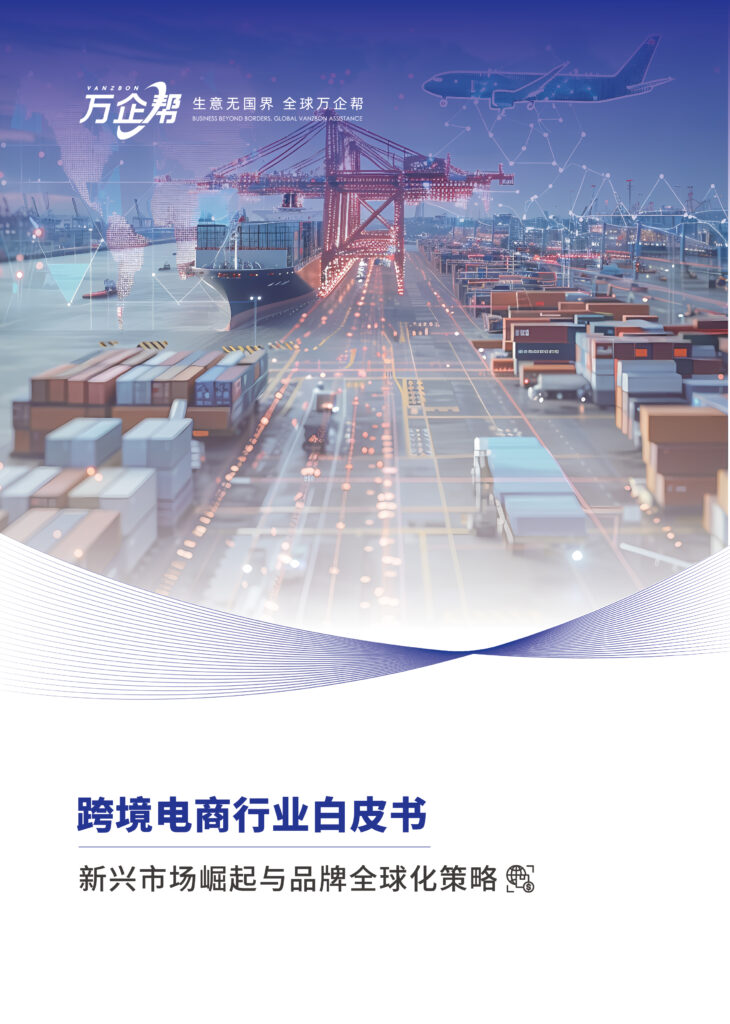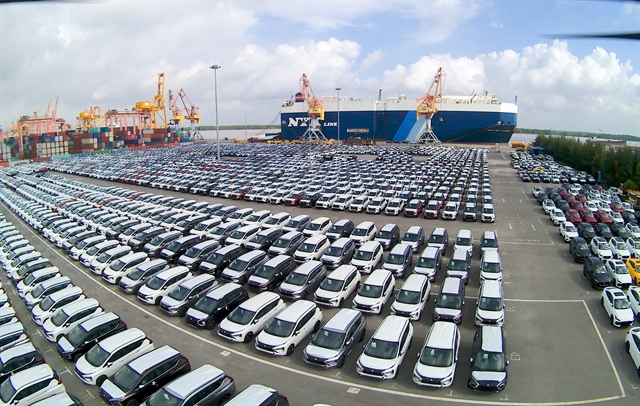As Vietnam’s economy continues to grow rapidly, its transportation network is becoming increasingly important in both regional and international logistics. As a key link in the global supply chain, Vietnam offers several transportation options, each with unique benefits and drawbacks.
The main transportation modes in Vietnam include road transport, rail transport, waterway transport (both inland and maritime), and air transport. Each mode varies in cost, speed, and suitability for different types of goods and distances. Businesses need to choose the most appropriate transport mode based on their specific needs.
This document provides a detailed comparison of these transportation options, including an analysis of costs, transit times, and practical uses to help businesses develop effective logistics strategies in Vietnam.
Road Transport in Vietnam
1.Overview
Road transport is one of the most widely used methods in Vietnam, covering most parts of the country. Vietnam’s road network spans 595,000 kilometers, with national highways and expressways making up 4.3%, primarily connecting key cities and ports such as Hanoi, Ho Chi Minh City, and Haiphong. Road transport is ideal for short to medium distances and is particularly effective for widespread goods distribution.
2.Cost of Transport
The cost of road transport depends on factors like the distance, type of goods, and fuel prices. Generally, road transport is quite economical, especially for shorter distances. For example:
- Short-Distance Transport: Costs range from about $50 to $80 per ton for distances between 50 to 300 kilometers.
- Long-Distance Transport: For distances over 500 kilometers, costs can be higher, reaching $100 or more per ton due to increased fuel and labor expenses.
3.Transit Time
Road transport is flexible in terms of scheduling and can be adjusted to meet specific business needs. It has a significant time advantage for short distances. For example:
- Hanoi to Haiphong (around 100 kilometers): Takes about 2 to 3 hours.
- Ho Chi Minh City to Da Nang (around 960 kilometers): Takes roughly 18 to 24 hours, depending on road conditions and traffic.
4.Applicability
Road transport is suitable for a wide range of goods, including food, consumer products, and raw materials. Its key advantages are wide coverage and high flexibility, making it especially suitable for short and medium-range logistics. Additionally, road transport can provide essential “last mile” delivery when combined with other transport modes like waterway or rail.
Rail Transport in Vietnam
1.Overview
Vietnam’s railway network spans 3,143 kilometers, covering 34 provinces and municipalities. It includes 7 main lines and 12 branch lines, with the North-South Railway being the most significant, connecting Hanoi and Ho Chi Minh City over a distance of about 1,726 kilometers. Although rail accounts for a smaller share of freight transport, it is advantageous for long-distance and bulk shipments.
2.Cost of Transport
Rail transport is generally more cost-effective than road transport, particularly for bulk goods and long distances. For example:
- Bulk Cargo Transport: Costs about $30 to $50 per ton for distances over 500 kilometers.
- Container Transport: Rail container shipping is typically 20% to 30% cheaper than road transport.
3.Transit Time
Rail transport is slower compared to road transport but remains competitive for long distances. For example:
- Hanoi to Ho Chi Minh City: Takes around 36 to 48 hours, depending on the train type and conditions.
- Haiphong to Lao Cai Province: Takes about 8 to 10 hours, making it suitable for cross-border trade.
4.Applicability
Rail transport is ideal for bulk commodities, heavy goods, and products needing long-distance transport, such as minerals, building materials, and chemicals. While rail coverage is limited, it is highly efficient along the North-South line and, when combined with road and waterway transport, can help reduce overall logistics costs.
Waterway Transport in Vietnam
1.Overview
Vietnam’s waterway transport system includes both inland and maritime shipping. The inland network is well-developed, particularly in the Mekong Delta and Red River Delta. Maritime shipping connects Vietnam’s key ports, like Haiphong, Ho Chi Minh City, and Da Nang, to international markets.
2.Cost of Transport
Waterway transport is often the most economical option, especially for bulk and long-distance shipments. For example:
- Inland Waterway Transport: Costs about $10 to $20 per ton, mainly for short-distance routes within the Mekong Delta.
- Maritime Shipping: Container shipping costs range from $200 to $500 per TEU (twenty-foot equivalent unit), depending on the destination and distance.
3.Transit Time
Waterway transport generally takes longer than road or rail. For example:
- Inland Waterway Transport: Short-distance trips within the Mekong Delta take 1 to 2 days, depending on waterway conditions and distance.
- Maritime Shipping: From Ho Chi Minh City to Hong Kong takes 5 to 7 days, while from Haiphong to Shanghai takes about 4 to 6 days.
4.Applicability
Waterway transport is suitable for bulk goods, heavy equipment, construction materials, and containers in international trade. Inland waterways are essential for agricultural and light industrial product transport, while maritime shipping is key for Vietnam’s import-export trade. Its main advantage is low cost, making it ideal for long-distance, large-volume shipments.
Air Transport in Vietnam
1.Overview
Vietnam has 22 civilian airports, including 10 international ones. Sixty-eight foreign airlines from 25 countries and six domestic airlines, including Vietnam Airlines, operate in both domestic and international markets. Air transport is best suited for high-value, time-sensitive cargo.
2.Cost of Transport
Air transport is the most expensive mode but is justified for high-value or urgent shipments. For example:
- International Air Transport: From Hanoi to Tokyo, costs range from $4 to $6 per kilogram.
- Domestic Air Transport: From Ho Chi Minh City to Da Nang, costs range from $2 to $3 per kilogram.
3.Transit Time
Air transport is the fastest option, perfect for goods that need quick delivery. For example:
- Hanoi to Ho Chi Minh City: Takes just 2 to 3 hours; including ground handling, the total transport time is usually within 6 to 8 hours.
- International Routes: From Ho Chi Minh City to Singapore, air transport takes 3 to 4 hours, with a total time frame usually within 12 to 24 hours.
4.Applicability
Air transport is ideal for high-value items, electronics, fresh produce, pharmaceuticals, and other time-sensitive goods. While it is costly, air transport is indispensable for urgent deliveries. It is also widely used for emergency shipments and international e-commerce logistics.
Comparison and Recommendations for Choosing Transportation Modes
In Vietnam, each transportation mode has its unique advantages and disadvantages. Companies should select the most appropriate mode based on the type of cargo, transport distance, time requirements, and budget. Below is a summary of each mode’s suitability and recommendations:
- Road Transport: Best for short to medium distances, highly flexible, widely applicable, and the most commonly used mode.
- Rail Transport: Suitable for bulk goods and long-distance shipments, cost-effective but slower; ideal for goods on the North-South mainline.
- Waterway Transport: Perfect for bulk commodities and international trade; the most economical but the slowest, ideal for long-distance, high-volume shipments.
- Air Transport: Best for high-value and time-sensitive goods; although costly, it is the fastest option and the top choice for urgent deliveries.
Conclusion
Vietnam’s transportation network is continuously evolving, with each mode playing a critical role in the country’s logistics system. Businesses should consider factors such as cost, transit time, type of goods, and destination to optimize logistics efficiency and reduce costs. By strategically selecting and combining transport modes, companies can gain a competitive edge in the Vietnamese market.







